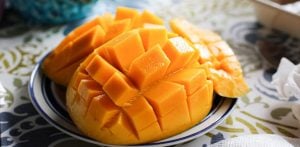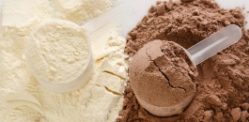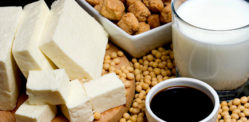Seitan is a plant-based meat substitute
The variety of meat substitutes is providing vegetarians and vegans with more food options and one of the most popular is seitan.
More and more people are turning to plant-based diets for numerous reasons, whether it be for health purposes or ethical purposes.
However, the majority of meat substitutes do not contain enough protein, meaning vegetarians and vegans are forced to look elsewhere to boost their protein intake.
Fortunately, seitan is a meat substitute that is also high in protein.
Pronounced ‘say-tan’, it originates from Japan and comes from the Japanese word ‘sei’ meaning ‘made of’, along with ‘tan’ which is the shortening of ‘tanpaku’, which means ‘protein’.
But how is it high in protein and is it a viable alternative to meat?
We explore this as well as how you can make it at home.
What is it?
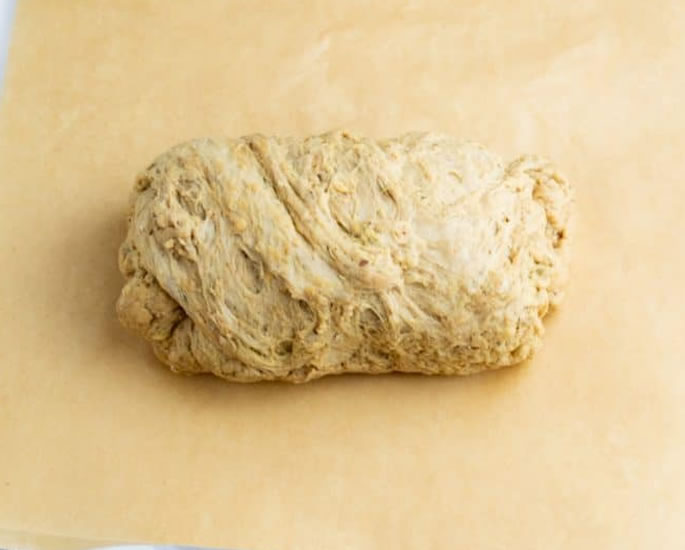
Seitan is a plant-based meat substitute made entirely out of hydrated and cooked vital wheat gluten flour.
Gluten is a mixture of the proteins prolamin and glutelin found in wheat and similar grains such as barley and rye.
It is responsible for the elasticity of dough made from these grains and helps hold the dough together.
Seitan is often sold on its own, ready to heat and add to recipes.
The ingredient is also used in many other plant-based meat products such as burgers, sausages and deli slices.
Seitan can also be made at home.
Protein Content

Since seitan is made entirely from gluten, it is an excellent plant-based protein option.
The amount of protein per serving can vary depending on the ingredients used to make it. For example, seitan products that include soy or chickpea flour can add increase the amount of protein.
An 85-gram serving typically contains 15 – 21 grams of protein. This is roughly the same as animal proteins such as chicken and beef.
Like all plant-based foods, seitan contains some amount of all nine essential amino acids.
However, unlike animal protein, seitan does not contain enough lysine. Lysine is an amino acid that the body needs to get from food, and due to its low levels, seitan is not considered a complete protein.
But this can be easily resolved by eating lysine-rich foods, such as beans, soy milk, tempeh, quinoa and lentils.
How can it replace Meat?
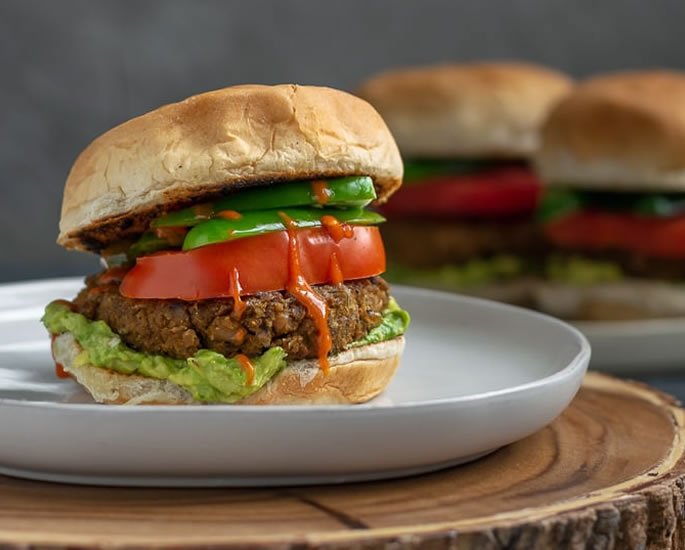
Seitan is a simple ingredient and it is one of the major reasons why it has an advantage over other meat substitutes.
Because it is made from wheat gluten flour and water, it has an indistinct flavour.
This means it has the ability to absorb other sauces, flavours and seasonings very well.
The versatility of seitan means it can adapt to almost any meal, providing a viable alternative to popular meat dishes.
Some of the ways seitan can be used in dishes include:
- Cut into slices, marinated or baked
- Minced and used as a ground beef substitute
- Sliced into strips for fajitas or stir-fries
- Chicken strip style, breaded and fried
- Added to stews or casseroles
- Skewered for kebabs.
- Cooked in broth or soup
- Steamed to produce a lighter flavour
Seitan tends to be added to dishes for its texture rather than its taste.
It has a meatier texture compared to alternatives such as tofu or tempeh.
When it comes to the taste, seitan is dense but pleasant, which adds to its meaty texture.
If you are making seitan at home, adding nutritional yeast to your dough can give it a nutty, cheesy flavour. Soy sauce adds saltiness.
The flavour of ready-made seitan can be boosted by marinating it or briefly cooking it in vegetable stock before adding it to a dish.
Nutritional Value of Seitan

Seitan is high in protein and quite low in calories, fat and carbohydrates. It also contains various minerals such as iron, calcium, and phosphorus.
Compared to a loin of beef, seitan contains fewer calories and fat but nearly the same amount of protein.
Seitan contains some carbohydrates while beef has none.
The nutritional content can vary among different seitan preparations but a 28-gram serving of vital wheat gluten flour, the main ingredient in seitan offers the following nutritional makeup:
- Calories – 104
- Fat – 0.5 grams
- Total Carbohydrates – 4 grams
- Fibre – 0.2 grams
- Protein – 21 grams
- Selenium – 16% of the Daily Value (DV)
- Iron – 8% of the DV
- Phosphorus – 7% of the DV
- Calcium – 4% of the DV
- Copper – 3% of the DV
The nutritional content depends on what other ingredients and flavouring agents are added during the production of seitan.
When buying ready-made seitan, you can compare the ingredient lists and nutrition labels.
Pros and Cons of Seitan

Seitan is an ideal meat substitute and it is suitable for some people. But it should also be avoided by some people.
Soy is one of the top food allergens and many plant-based meat substitutes are made from soy. This can make it difficult to find suitable meat alternatives.
But seitan is a soy-free option. Make sure to check the ingredient list on packaged products to ensure that ingredients with soy have not been added.
On the other hand, those with gluten-related disorders should avoid seitan as it contains gluten.
This includes people who have coeliac disease. Eating seitan could cause a bad reaction.
Ready-made seitan products may also be high in sodium.
Therefore, it is best to check the nutrition label on ready-made seitan.
How to Make It?

Seitan can easily be found in most supermarkets, typically found near the tofu and other plant-based meat alternatives.
But ready-made seitan can be high in sodium as it is a highly processed food.
So a healthier alternative is to make it yourself.
In a YouTube video, Jun Goto shows you how to make seitan from scratch using strong flour.
Ingredients
- 5 cups Strong flour
- Water as needed
Method
- Add five cups of flour into a large bowl and add just enough water to almost submerge the flour.
- Mix well until it comes together.
- Transfer to a clean work surface and knead into a dough. Add flour to prevent sticking.
- Fill a clean bowl with water and submerge the dough. Leave to rest for an hour. If the water becomes cloudy, drain and refill with fresh water.
- Knead the dough under the water then drain the bowl and refill. Repeat the kneading and refilling process until the dough forms a stringy texture and the water is almost clear.
- Place the seitan into a sieve over a bowl and set aside for approximately 20 minutes to allow for the removal of excess moisture.
- Season the seitan with spices to suit your dish and knead to ensure the seasoning has fully coated the meat substitute.
- Heat a pan with lots of oil. When smoking, add the seitan and fry on both sides until golden brown and crispy.
- Pour in enough unsalted vegetable stock until the seitan is covered.
- Cover with a lid and allow to simmer for at least 40 minutes.
Seitan is a good meat substitute as it is high in protein and low in fat and carbohydrates.
As well as its high protein content, seitan also has a similar texture to meat, making it a viable alternative addition to many dishes.
It is a good option for those who have soy allergies, as many other popular meat substitutes like tofu and tempeh are soy-based.
But those who have wheat or gluten intolerances should avoid seitan.

























